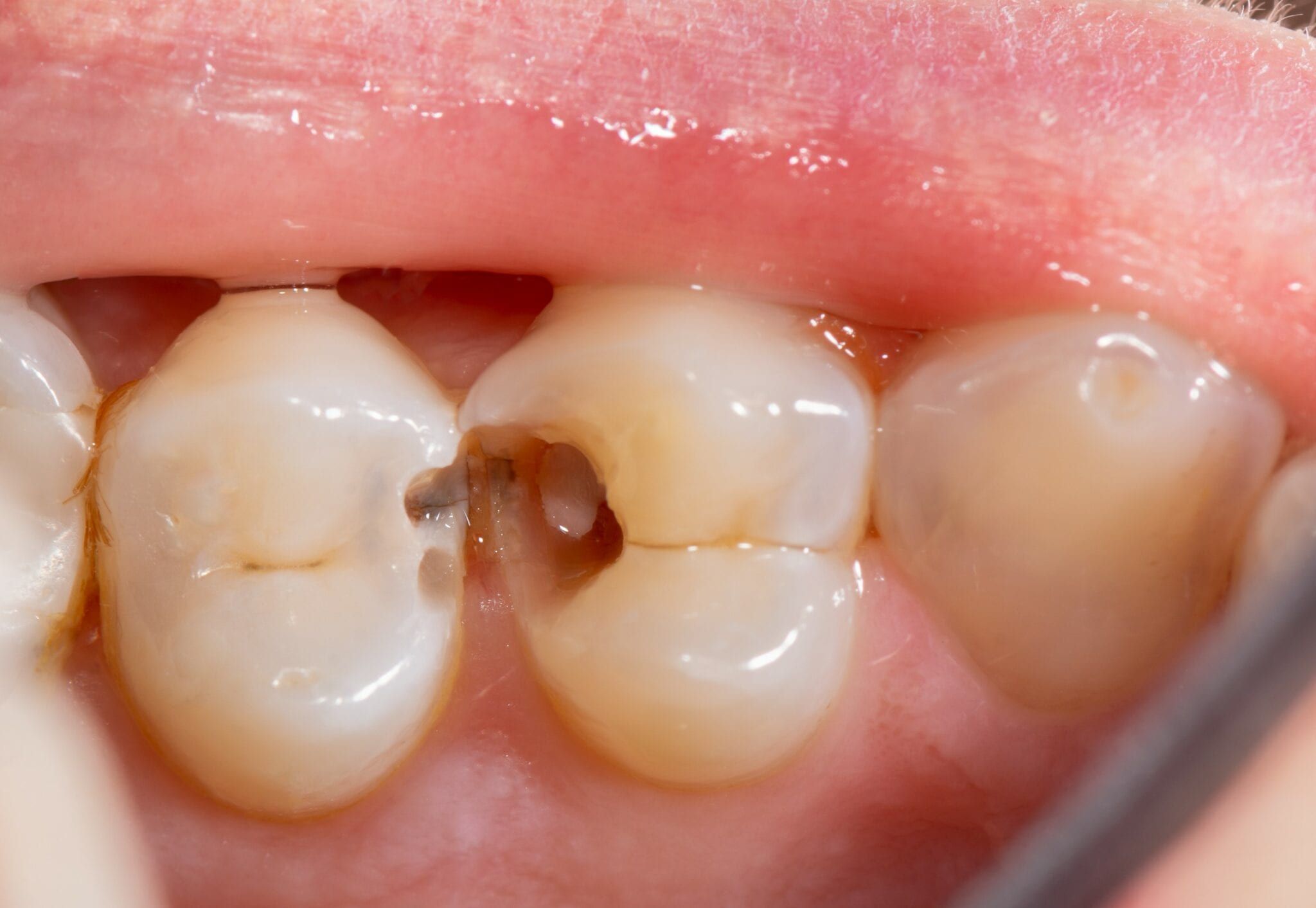You’ve all heard of dental cavities, but what are they and how do they form? Dentist often refer to cavities and tooth decay as “dental caries”. Caries form over time when certain types of bacteria in your mouth consume sugars and turn them into acids that weaken the mineral structures in your teeth. This process is called “demineralization”.
Do dental caries need to be Treated?
Teeth are comprised of several layers. Enamel is the outermost layer, and also the hardest. If a cavity is small, and the demineralization is contained in the enamel layer, we may be able to use preventative measures instead of doing a filling. Brushing, flossing, and fluoride applications are examples of preventative measures that can be used while the tooth is monitored.
ways to restore teeth with caries
If the decay has extended past the enamel, we recommend restorative work, such as a fillings. If the loss of tooth structure is more extensive, crowns (commonly known as caps), and possibly root canal therapy may be needed to save the tooth. Unfortunately, if untreated, cavities can progress to a point where a tooth cannot be saved, and the tooth would have to be removed.
how do i reduce the risk of caries?
- Limit snacking between the main meals. Each time you eat, your mouth becomes more acidic for a while, which promotes mineral loss.
- Choose water over sugary beverages.
- Brush each tooth everyday to reduce dental plaque, which contains harmful bacteria.
- Use a fluoridated toothpaste or mouth rinse to promote the remineralization of teeth.
- Consider Xylitol products. Xylitol is a natural sugar substitute that bacteria cannot metabolize into acids. (Keep away from pets.)
Can a tooth develop caries after it has been fixed?
Yes. The tooth structure surrounding your fillings can still be demineralized. Brush, floss, and maintain your teeth even after getting fillings!
Have additional questions? Contact us below.

